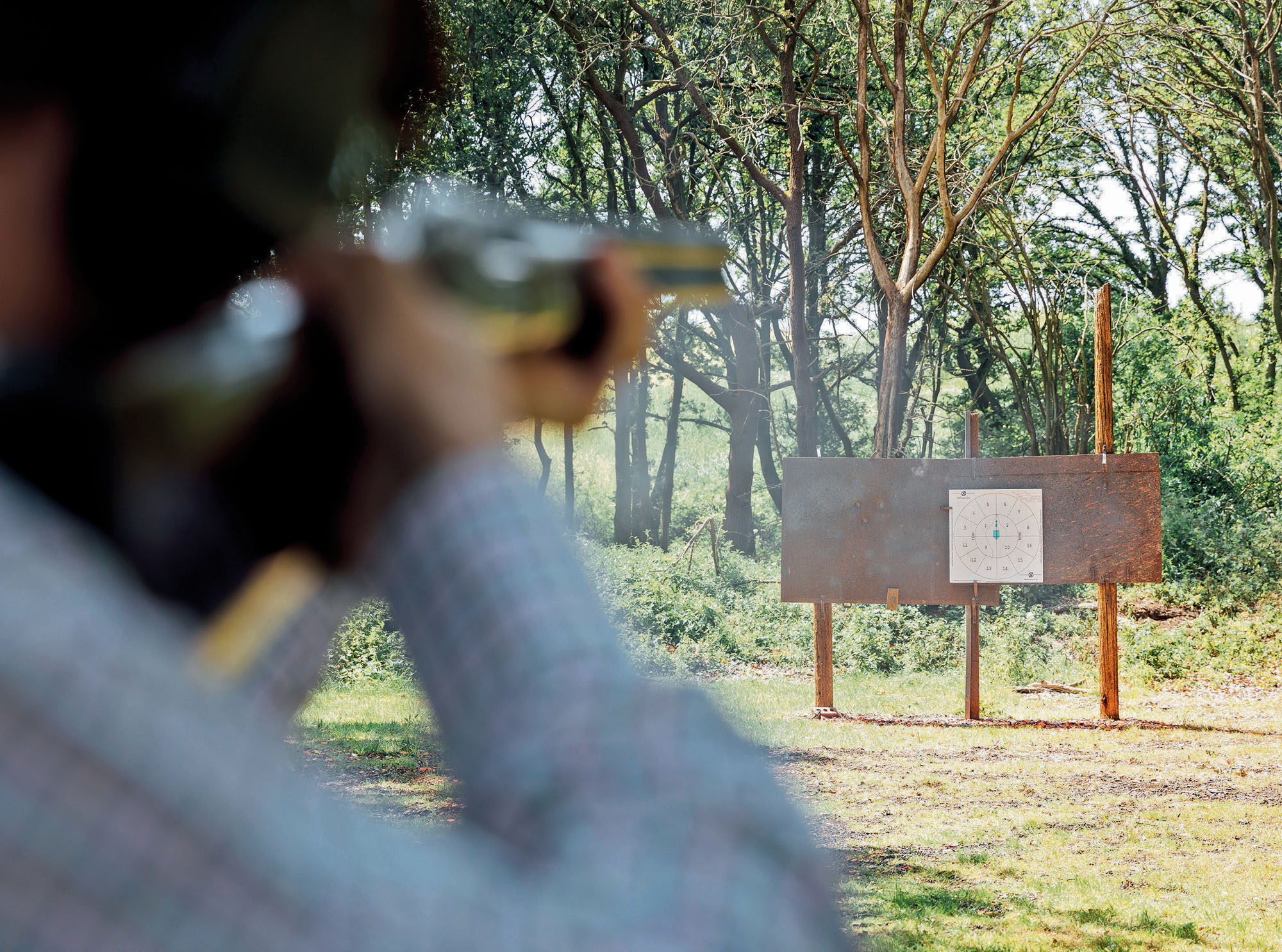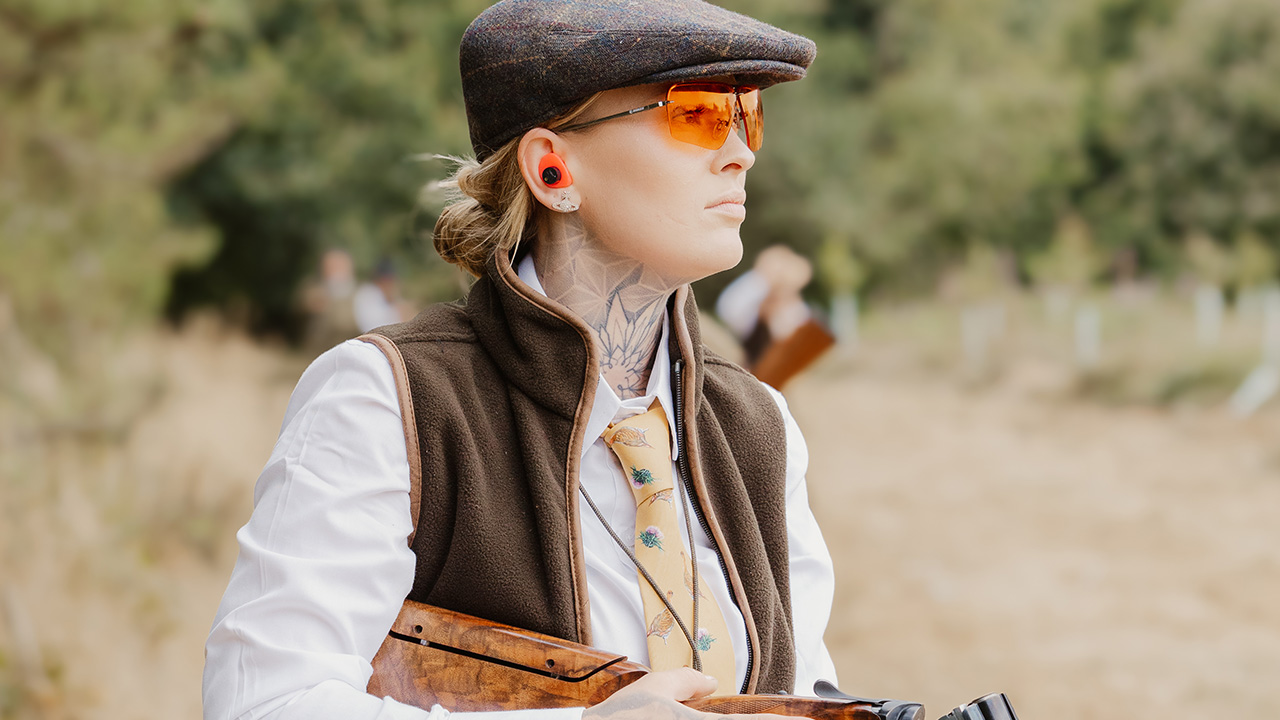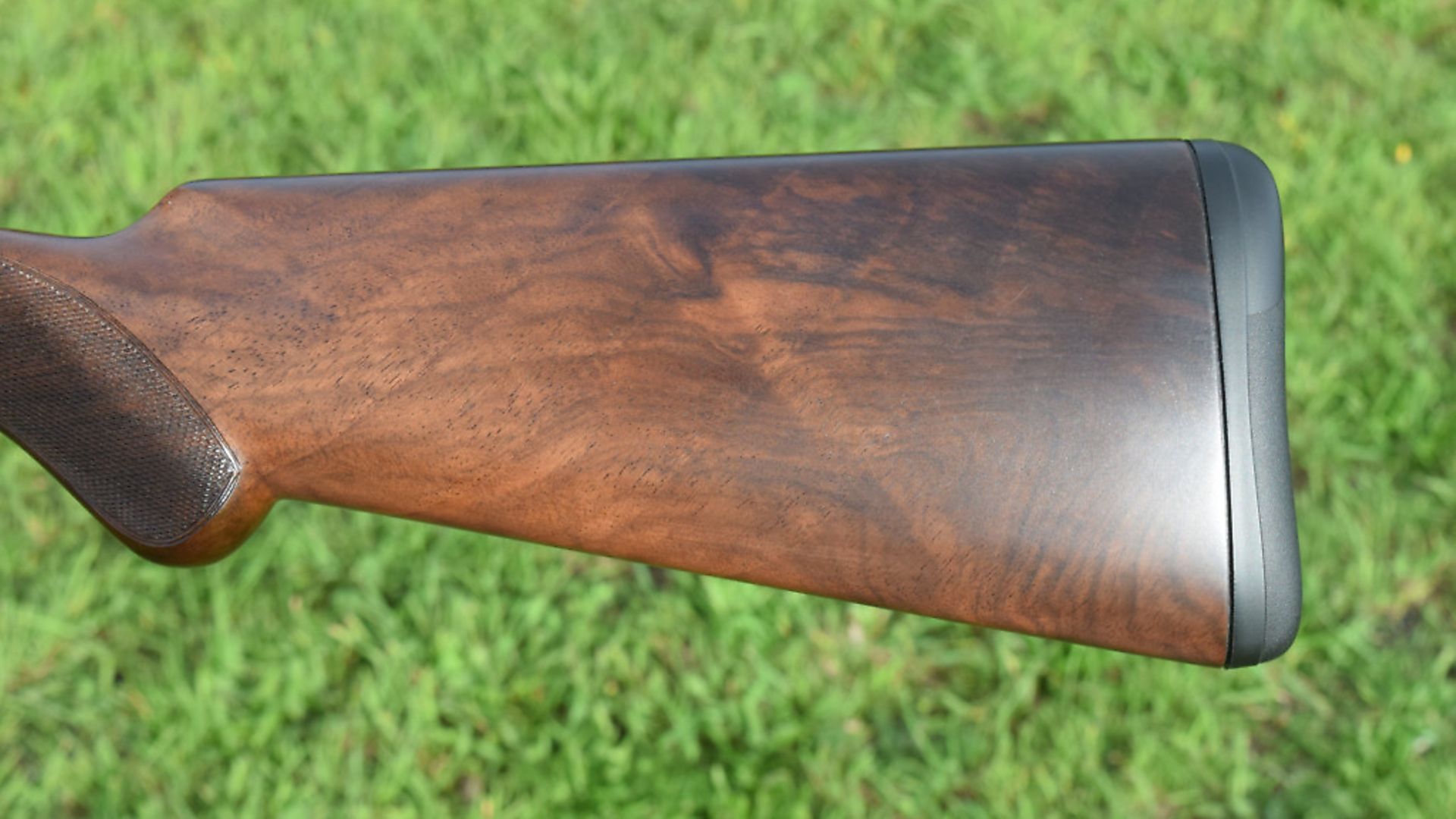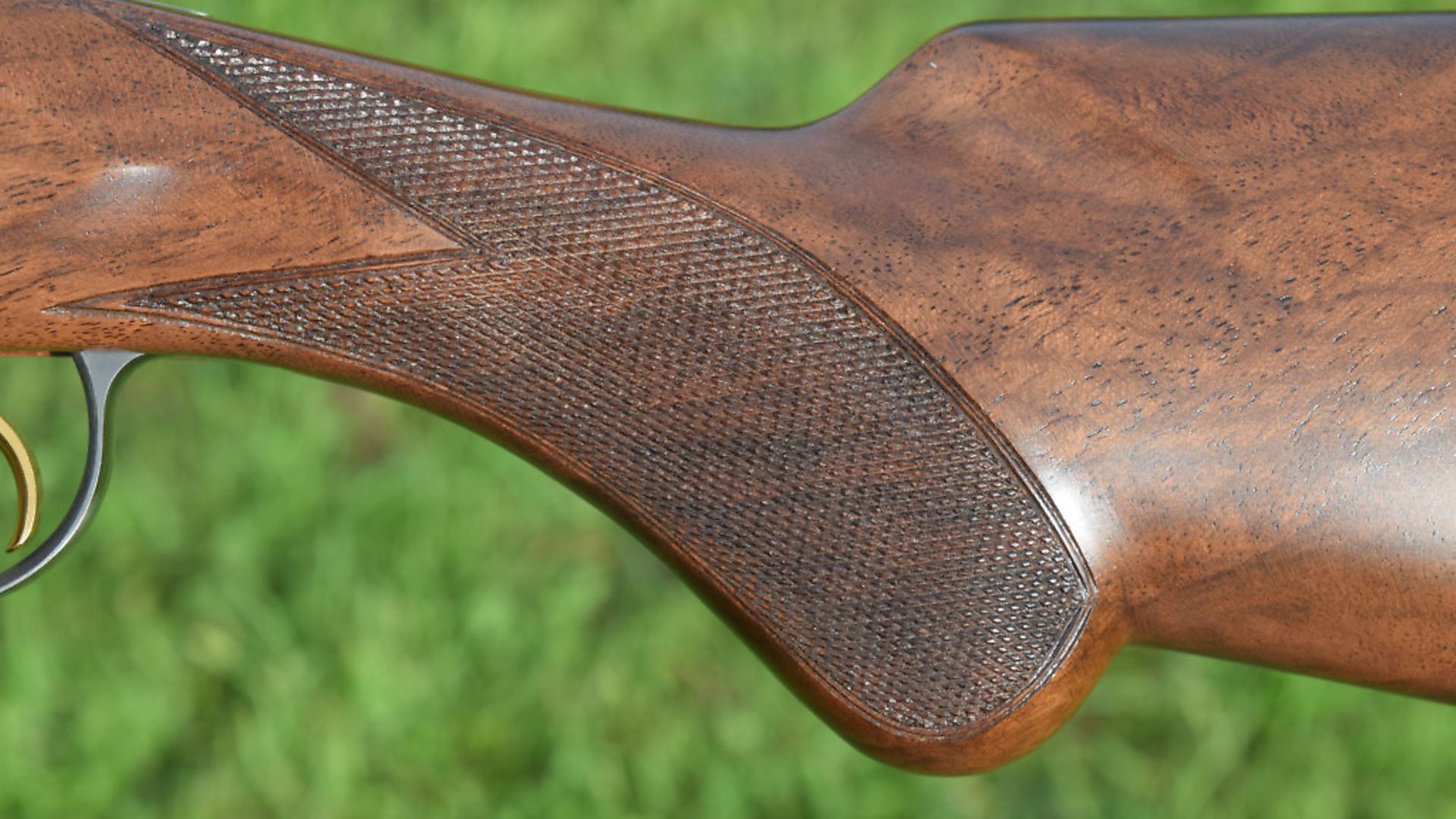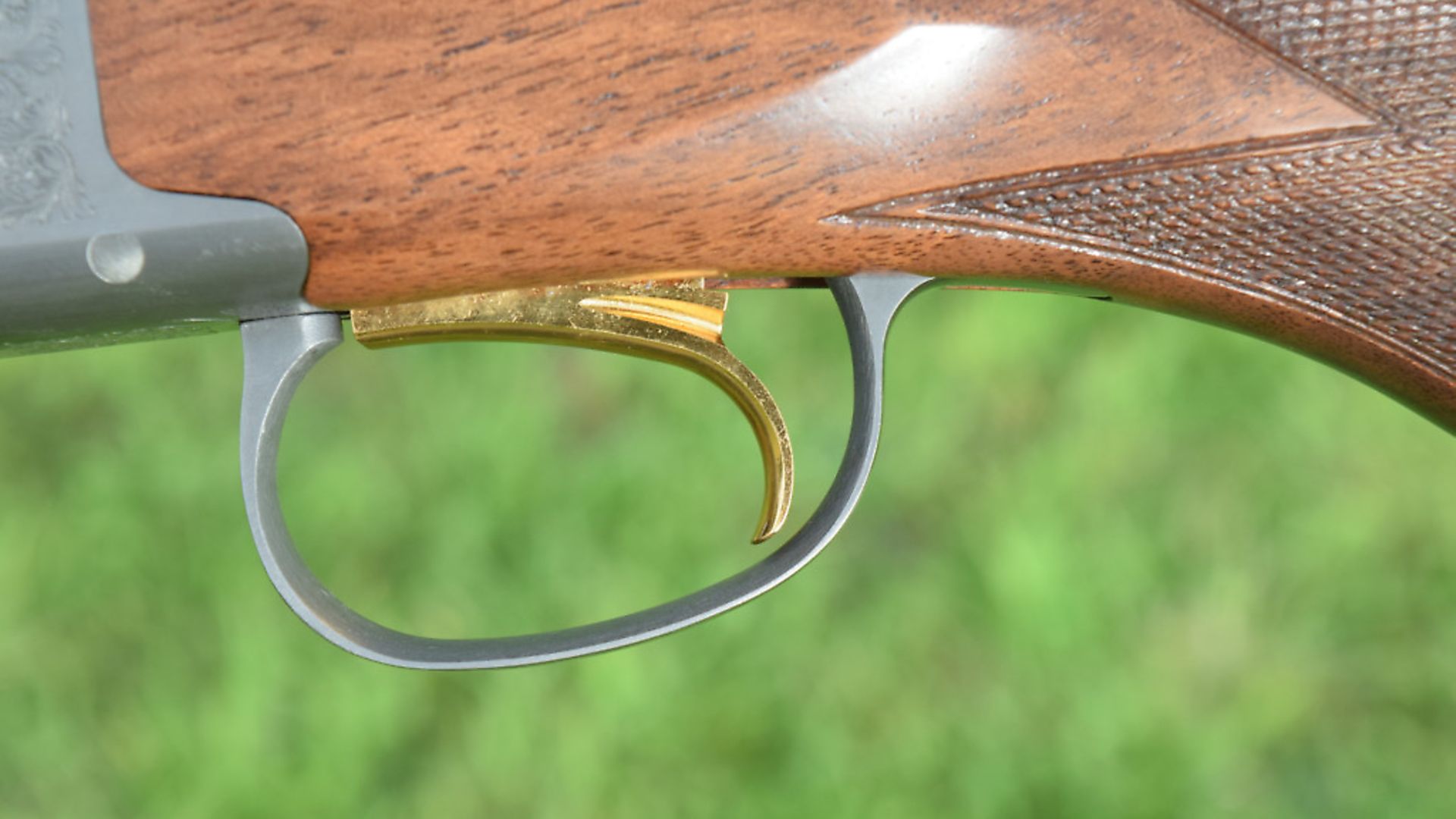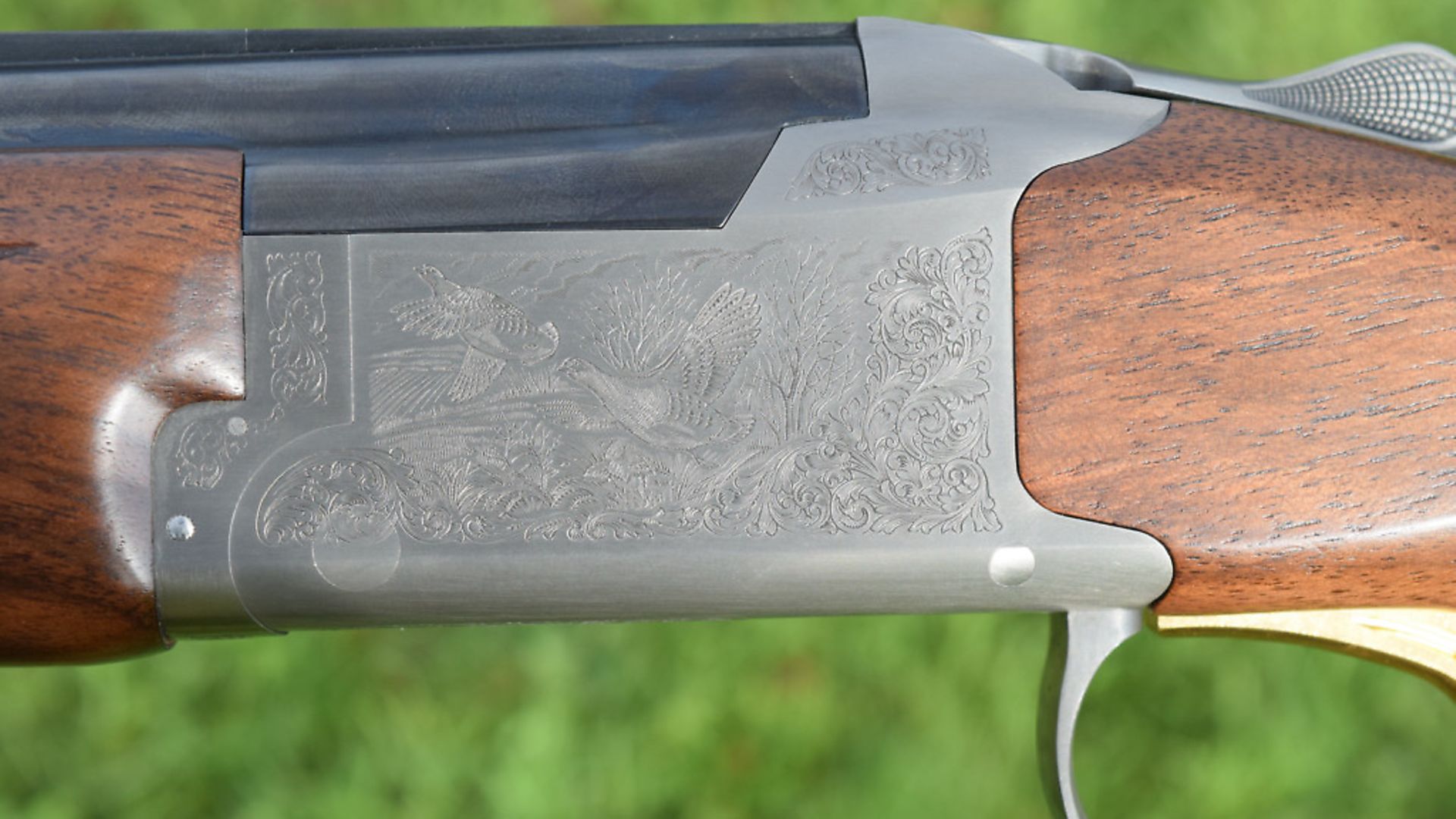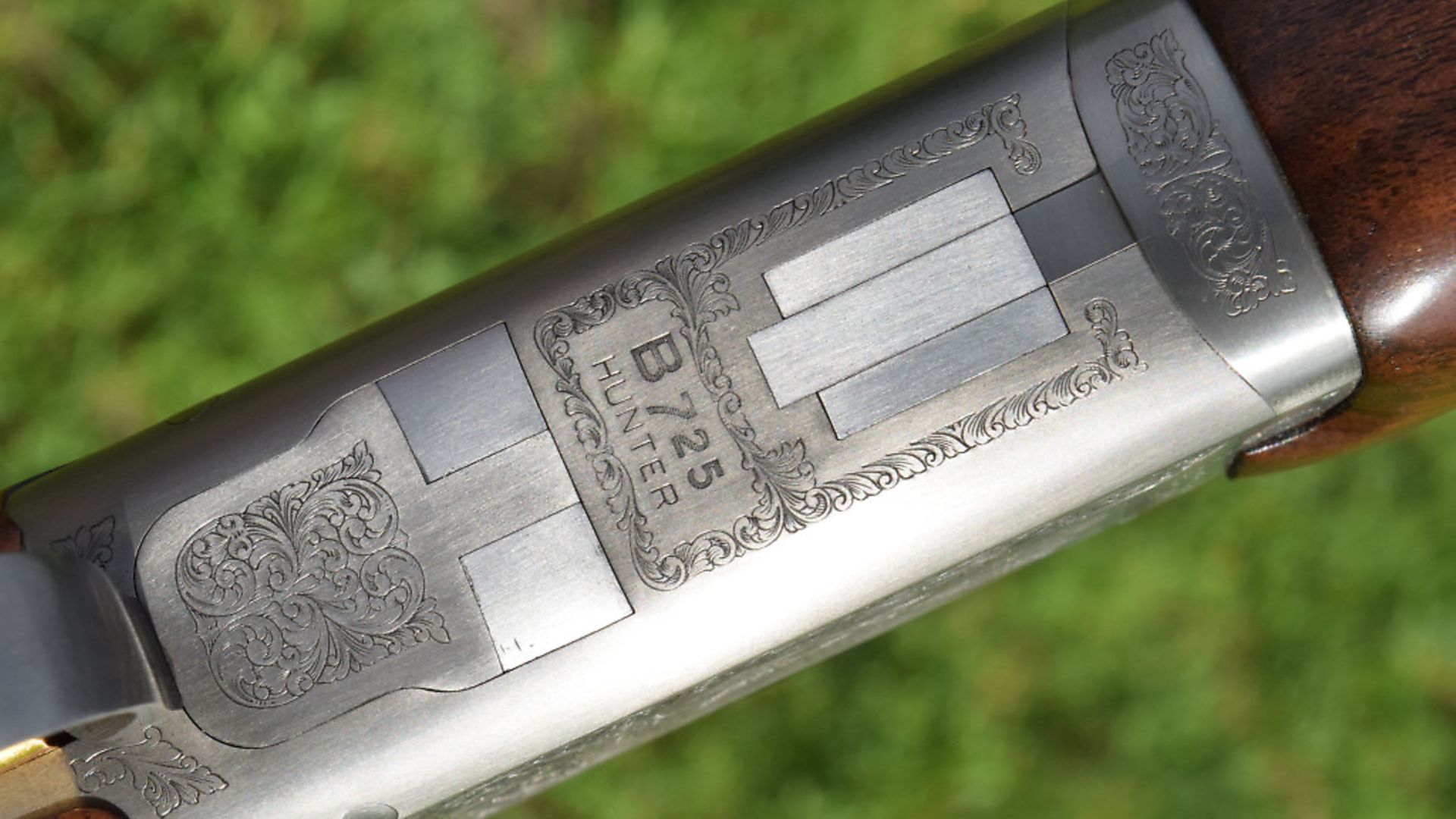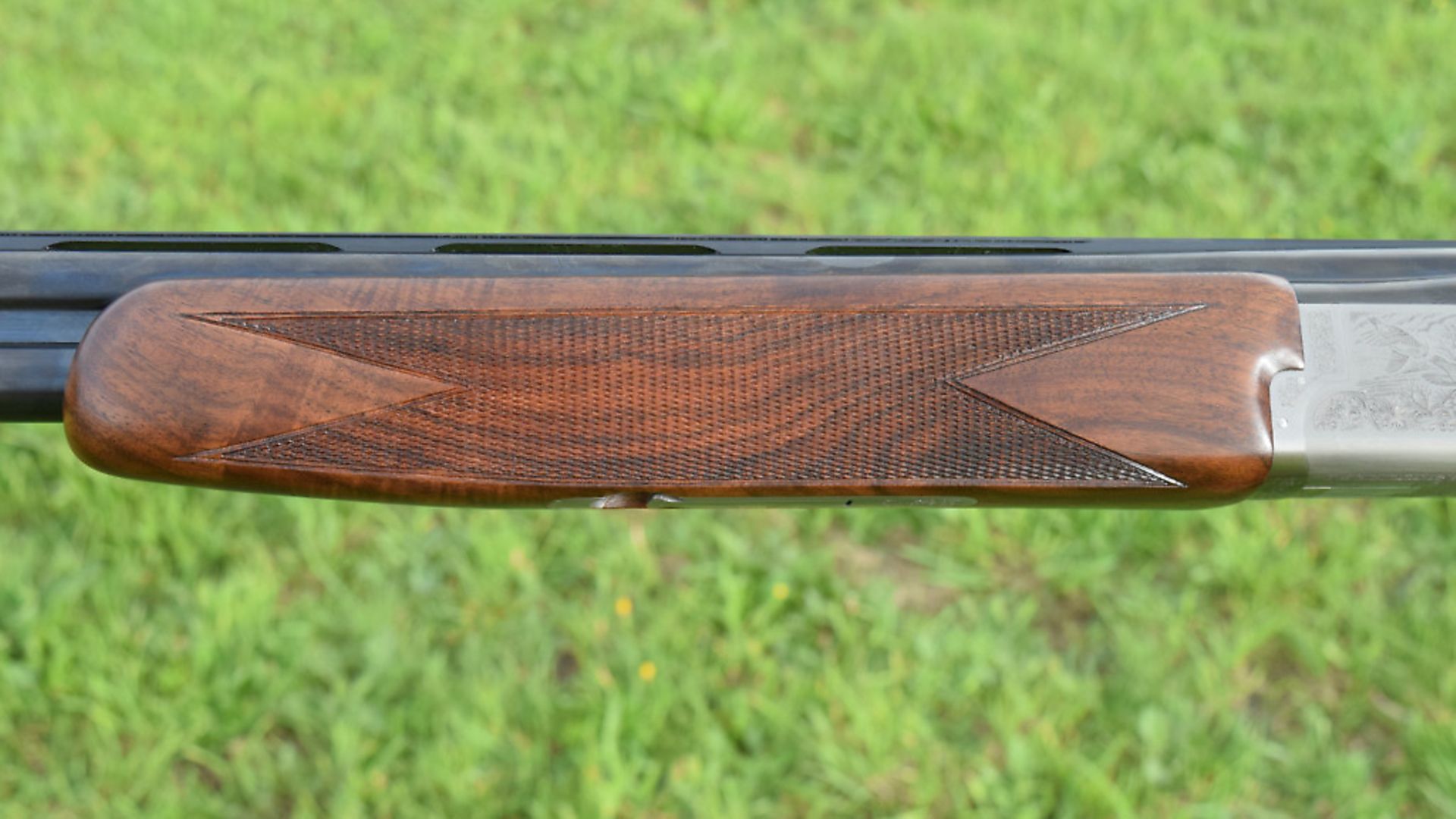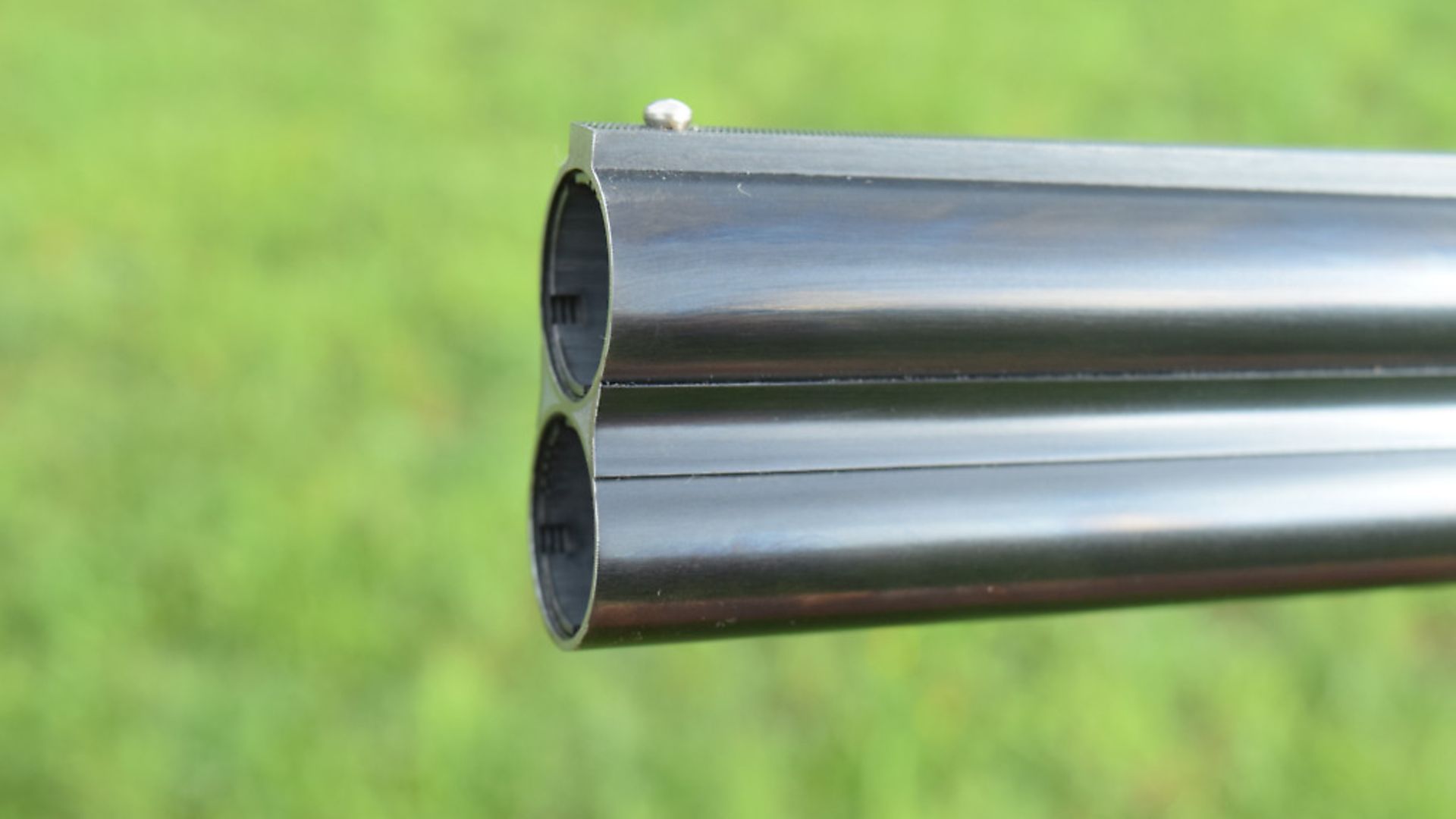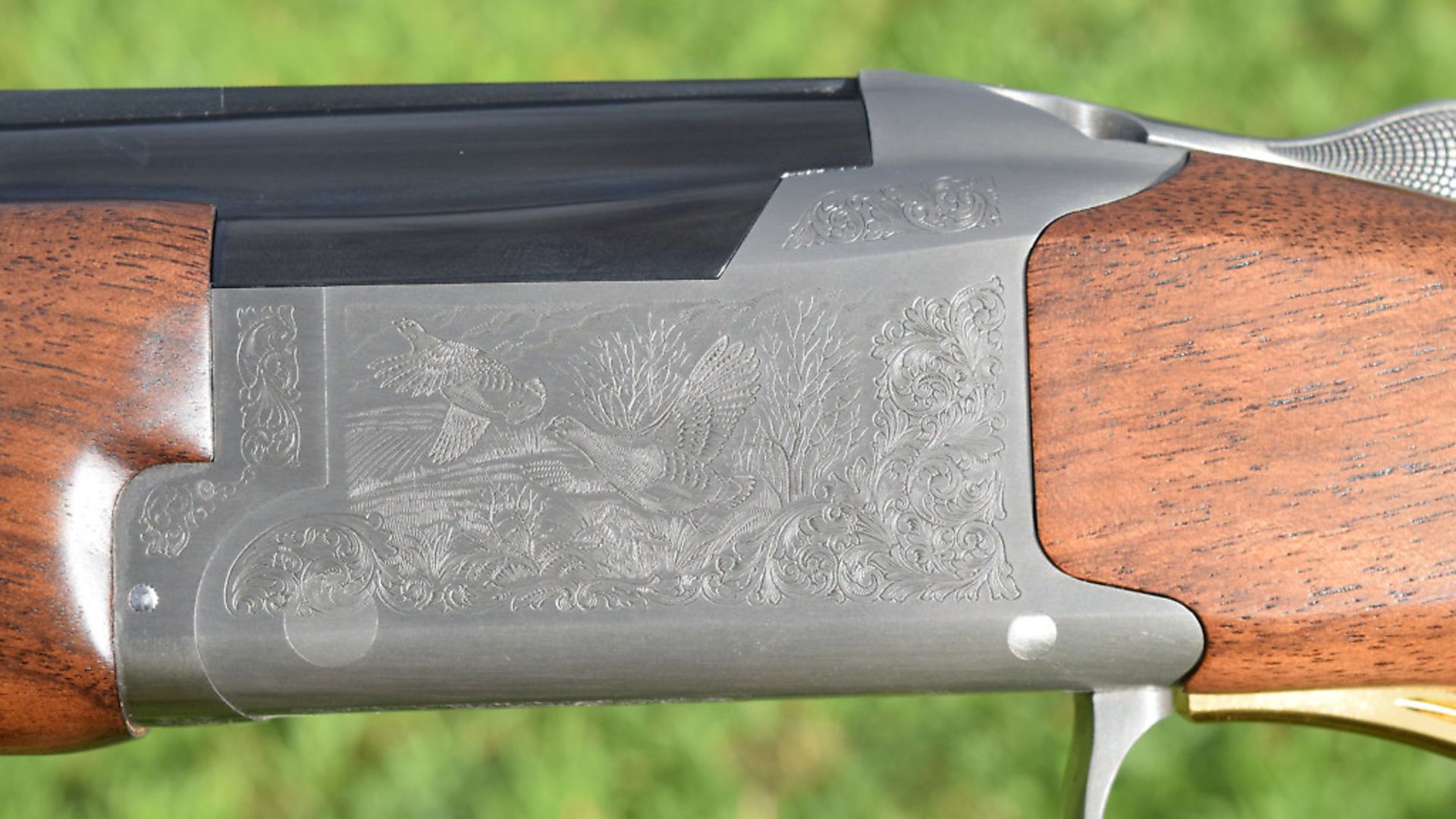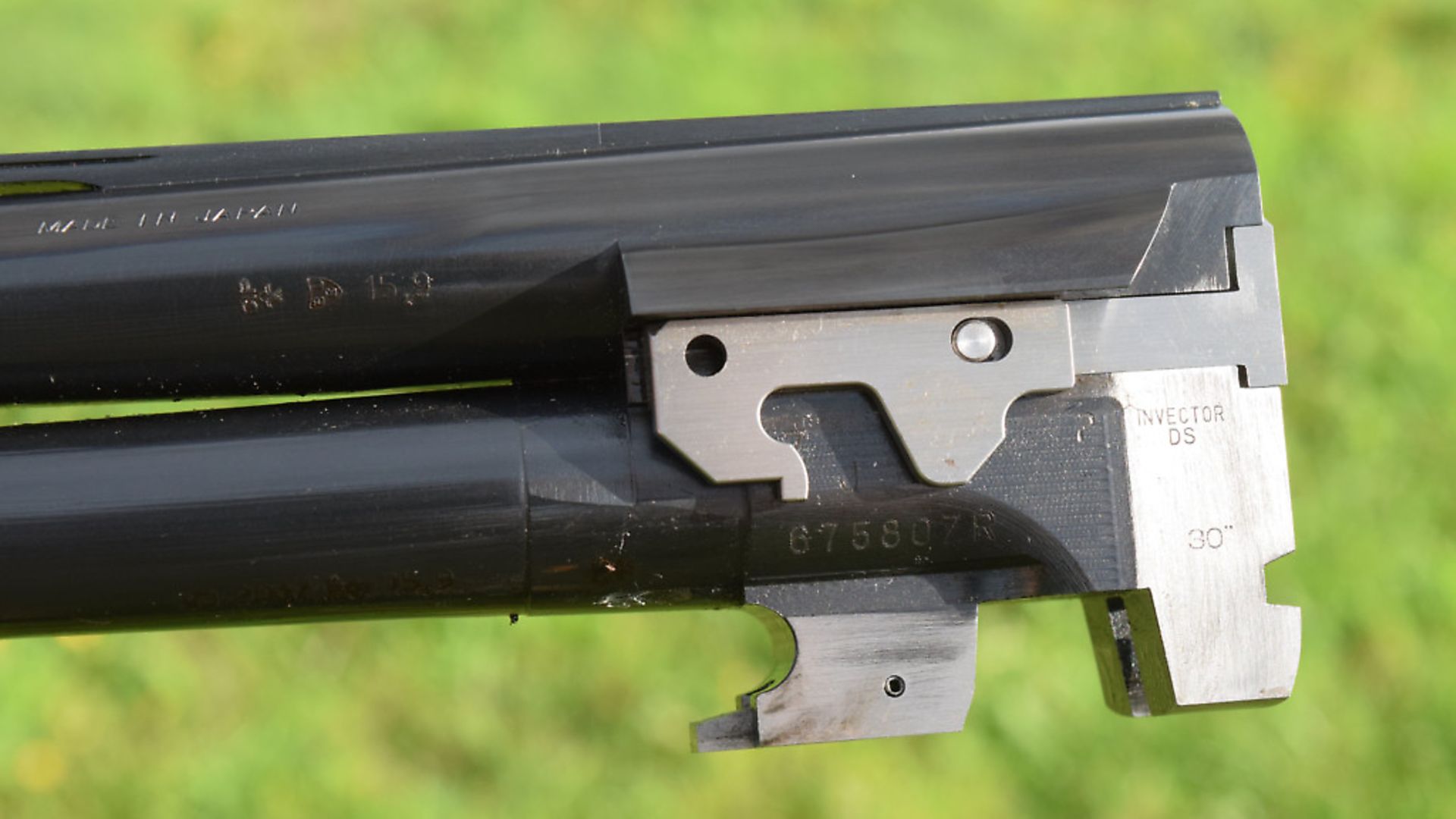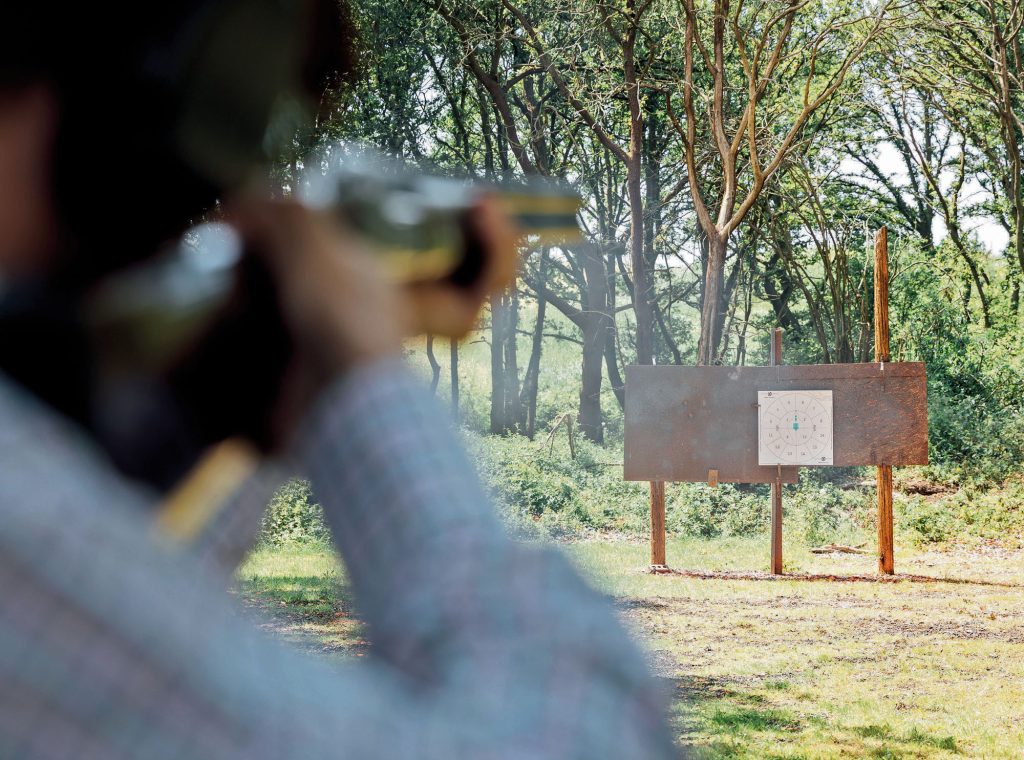Browning 725 20-bore Hunter – the best gun for game shooting?
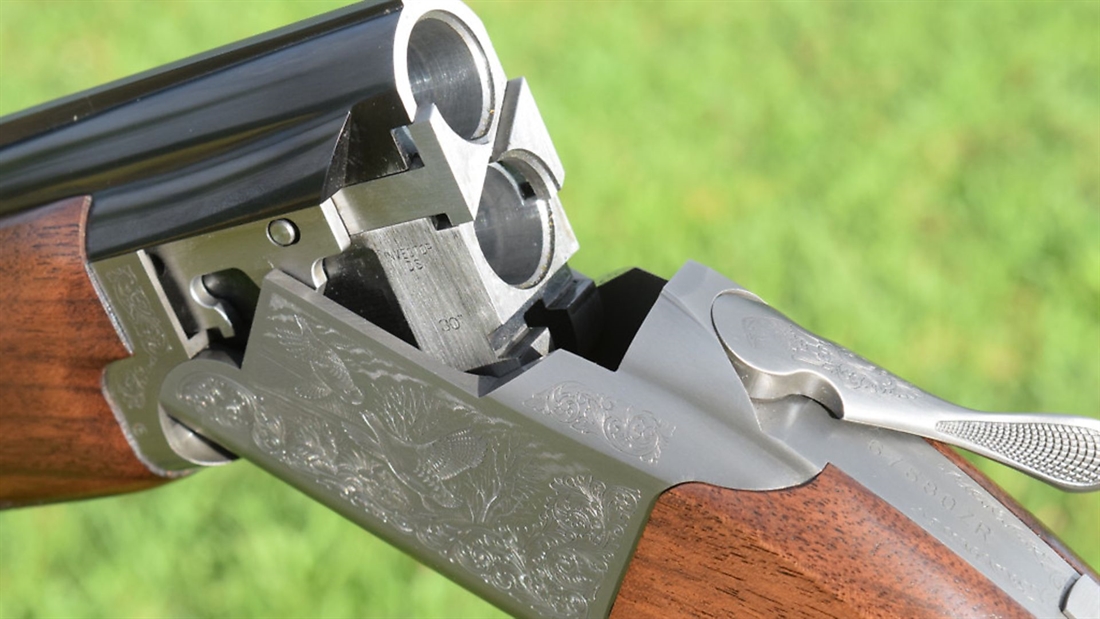
Mike Yardley puts the Browning 725 20-bore Hunter model with 30” barrels to the test, in order to find out if it is the best gun for game shooting… in depth test and review
LIKES
* The handling
* The build quality
* The value
DISLIKES
* Very little
TECH SPECS
Make: Browning
Model: 725 Hunter UK Premium II
Bore: 20
Chamber: 3” steel shot proof
Action: 725 (modified/evolved Superposed with lowered action)
Rib: 6mm
Weight: 6lbs 12oz.
Price: on the shelf at £2,195
IN DEPTH
he gun I’ve selected is a Browning 725 20-bore Hunter model with 30” barrels, which I already know to be very good because I have shot a significant number of them. The article this month is intended to answer the question that is often posed to me by people: what gun should I buy for days when I am game shooting?
Well, the 725 30” 20-bore is one of my top picks, like the Browning 525 and 725 30” 12-bore sporters (you read that right). The 12s just mentioned would be great for all-round shooting (I prefer them in sporting form), but this little 20 is just the ticket for the average driven day, for pigeon shooting, or for walking up, and is great fun on clays as well.
It is a lovely little gun from a handling point of view, is well made and good value. There are, of course, some other excellent guns out there from different makers, not least the ubiquitous Beretta Silver Pigeon, and I will be considering them in future issues.
Our little 725 was borrowed off the shelves of Atkin, Grant & Lang at the Broomhills Shooting Ground near St Albans, who often facilitate my tests. Both the ground and the shop are well worth visiting because they are run by enthusiasts with a real passion for the sport.
The test gun – formally a Browning 725 Hunter Premium II from the UK range – is distinguished, apart from its action, by a semi-pistol grip stock, a 6mm sighting rib, and a silver-finished game-scene-engraved action with pheasant and woodcock depicted.
On picking it up you are struck by a very pointable gun which feels well weighted, hitting the scales at 6lb 12oz, and well balanced, with the point of balance just forward of the hinge pin. The weight distribution feels right too. Bottom line? The gun is lively in the hands but does not feel unsteady.
The 725 model appeared some years back and is obviously inspired by the B25 as it’s still made in Belgium and in a modified/simplified form in Japan by Miroku. It’s a new design, but not too radical or modernistic, and there are some clever changes.
It is lower in the action than its predecessors, but retains a full-width cross pin and a classic, wide Browning flat bolt for lock up. Although the 725 is lower than the Superposed-style Brownings, it is nevertheless mechanically very similar. The lock-up is (almost) identical, as noted, and the usual hinging Browning ‘trap door’ is present in the base of the action. The 3” (76mm), steel shot-proofed barrels have been significantly lightened – something made possible by the new DS chokes which have their threads to the front.
Looking at the barrels, apart from noting the usual and impressive Browning quality with near-invisible joints between tubes and monobloc, there is only very slight tromboning at the muzzles to allow for the new Invector DS chokes (these are threaded at the front and have a clever brass ring gas seal at their base). The trigger mechanism has been redesigned too; it is mechanical and offers improved pulls. They are noticeably lighter and crisper, with trigger movement and lock time reduced, according to the advertising material supplied by Browning. The gun also benefits from an inertia safety system.
Returning to the action, it is lower in profile with reshaped shoulders and fences, and improvements in the trigger department, along with a remodelled, rather short top-lever which functions well.
Decoration on the Hunter version as tested is a game scene combined with a little scroll work. The birds are well formed, but the engraving looks a little thin to my eye. The only improvement I would make to the gun would be here, decoratively; something a little deeper, maybe lasered on, would work well. Modern technology is advancing fabulously in this respect.
The stock of the new test 725 is made from walnut of reasonable quality and is well coloured, being darker than some previous 725s. The grip is A1 and the rounded fore-end looks better than a schnabel in my opinion, and also feels better. Chequering is well cut, probably by laser. The Deeley fore-end fastener is good as well.
TECHNICAL DETAILS
We have already discussed the low-profile action of the 725. It has an improved trigger mechanism which is mechanical, and the very impressive DS chokes, which in my opinion are a quantum leap forward for interchangeable chokes with the threads forward and seal to the rear, allowing for lighter muzzles and thinner barrel walls forward.
Unusually, the thing that really sets the test gun apart in my opinion is its great stock design, which compliments well-sorted/evolved mechanics. The semi-pistol grip is ergonomically efficient and allows for enhanced comfort and muzzle control. The dimensions are good too: 375mm for length of pull (a smidgeon over 14 3/4”) and 36mm and 56mm for drop (1.4” and 2.2”).
My ideal would be a little higher at the heel end – say 2” – as a standard shelf measurement. The stock is equipped with a sophisticated Inflex II pad too, which is lightweight but very efficient in reducing recoil transmission to the shoulder.
SHOOTING IMPRESSIONS
I have tested a lot of Browning guns, and perhaps the one I most regret sending back was a 32” 20-bore 725 with semi-pistol stock, which was very similar to this save in barrel length. It was a tremendously useful gun which I used for teaching, demonstration and game shooting. But long barrels don’t suit everyone, so here is almost the same gun with 30” barrels. It is my pick for the average game shooter who may be over-gunned with a 32. The 30 has a different character in use. For the record, most shots will not go wrong with 30” barrels on a 20-bore, as they make the smaller bored gun both more controllable and more pointable. On a 12, 30” usually make sense on a modern field gun too, provided the barrels themselves are not too heavy (less of a problem in most 20s). This gun was delightful to shoot in 30” form. Fast handling and precise, there were no real vices when tested with 24g Lyalvale Express loads on the targets at Atkin, Grant & Lang’s ground. Recoil control was excellent, and the gun pointed so naturally with the semi-pistol grip stock. You may pay more if you want, but I doubt if it will buy you a better shooting 20.

